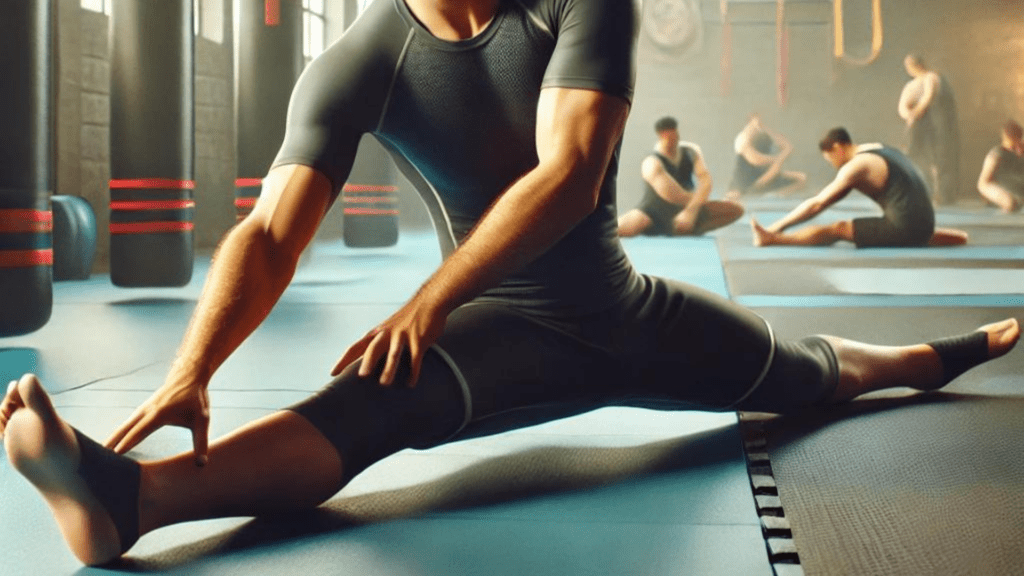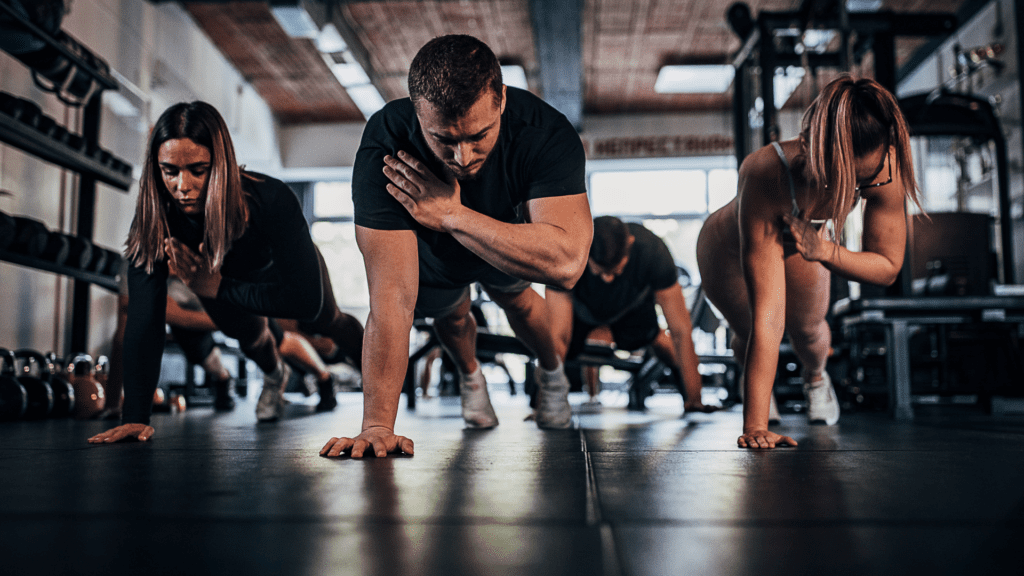Table of Contents
Introduction
Flexibility is a key component of martial arts, enabling practitioners to execute techniques with precision and reducing the risk of injury. Incorporating regular stretching routines into your training can improve your range of motion, enhance performance, and promote recovery. In this guide, we’ll explore effective flexibility training for martial artists, including stretching routines and valuable tips.
The Importance of Flexibility in Martial Arts
Enhanced Performance
Flexibility allows for greater freedom of movement, enabling you to perform high kicks, fast strikes, and fluid transitions with ease.
Injury Prevention
Regular stretching helps maintain muscle elasticity and joint health, reducing the risk of strains, sprains, and other injuries common in martial arts.
Improved Recovery
Stretching promotes blood flow to muscles, aiding in the removal of waste products and speeding up recovery after intense training sessions.
Effective Stretching Routines for Martial Artists
Dynamic Stretching (Pre-Training)
Dynamic stretches involve active movements that take your muscles and joints through their full range of motion. These stretches are ideal for warming up before training.
Leg Swings
- How to Do: Stand next to a wall for support. Swing one leg forward and backward in a controlled manner. Perform 15-20 swings on each leg.
- Arm Circles
- How to Do: Extend your arms out to the sides and make small circles, gradually increasing the size. Perform 15-20 circles in each direction.
Torso Twists
- How to Do: Stand with your feet shoulder-width apart and twist your torso from side to side, keeping your hips stationary. Perform 20 twists.
Static Stretching (Post-Training)
Static stretches involve holding a position for an extended period, allowing your muscles to lengthen and relax. These stretches are best performed after training.
Hamstring Stretch
- How to Do: Sit on the floor with one leg extended and the other bent. Reach forward towards your toes and hold for 20-30 seconds. Repeat on the other leg.
Quadriceps Stretch
- How to Do: Stand on one leg, pull your other foot towards your buttocks, and hold the stretch with your hand. Keep your knees close together. Hold for 20-30 seconds on each leg.
- Shoulder Stretch
- How to Do: Bring one arm across your chest and hold it with your other arm. Keep your shoulders relaxed and hold for 20-30 seconds. Repeat on the other arm.
PNF Stretching (Proprioceptive Neuromuscular Facilitation)
PNF stretching involves a combination of stretching and contracting muscles, often performed with a partner. This method is highly effective for increasing flexibility.
Hamstring PNF Stretch
- How to Do: Lie on your back with one leg extended and the other lifted. Have a partner hold your lifted leg. Push against their resistance for 5-10 seconds, then relax and stretch further. Repeat 2-3 times per leg.
Chest PNF Stretch
- How to Do: Stand facing a corner or doorway, place your forearms on the walls or doorframe, and lean forward. Push against the resistance for 5-10 seconds, then relax and stretch further. Repeat 2-3 times.
Tips for Effective Flexibility Training
Warm Up First
Always warm up before stretching to increase blood flow to your muscles and reduce the risk of injury. Light cardio or dynamic stretching can effectively prepare your body.
Stretch Regularly
Consistency is key to improving flexibility. Aim to include stretching in your routine at least 3-4 times per week.
Hold and Breathe
When performing static stretches, hold each stretch for 20-30 seconds and focus on deep, controlled breathing. This helps your muscles relax and enhances the stretch.
Listen to Your Body
Avoid pushing yourself too hard during stretches. Stretch to the point of mild discomfort, not pain. Overstretching can lead to injury.
Incorporate Variety
Include a variety of stretching techniques in your routine, such as dynamic, static, and PNF stretches, to target different muscle groups and improve overall flexibility.
Sample Flexibility Routine for Martial Artists
Pre-Training Dynamic Stretch Routine
- Leg Swings: 15-20 swings per leg
- Arm Circles: 15-20 circles in each direction
- Torso Twists: 20 twists
- Lunges with a Twist: 10 lunges per leg
- Hip Circles: 10 circles in each direction
Post-Training Static Stretch Routine
- Hamstring Stretch: 20-30 seconds per leg
- Quadriceps Stretch: 20-30 seconds per leg
- Calf Stretch: 20-30 seconds per leg
- Shoulder Stretch: 20-30 seconds per arm
- Chest Stretch: 20-30 seconds
Conclusion
Incorporating regular flexibility training into your martial arts routine can significantly enhance your performance, prevent injuries, and improve recovery. By following these stretching routines and tips, you can develop greater flexibility and become a more effective and resilient martial artist.
Ready to enhance your flexibility and boost your martial arts performance?
Start incorporating these stretching routines into your training regimen and feel the difference. Share your favorite stretches and tips in the comments below!
External Links:
– [American Council on Exercise – Stretching]
– [National Strength and Conditioning Association – Flexibility Training]



